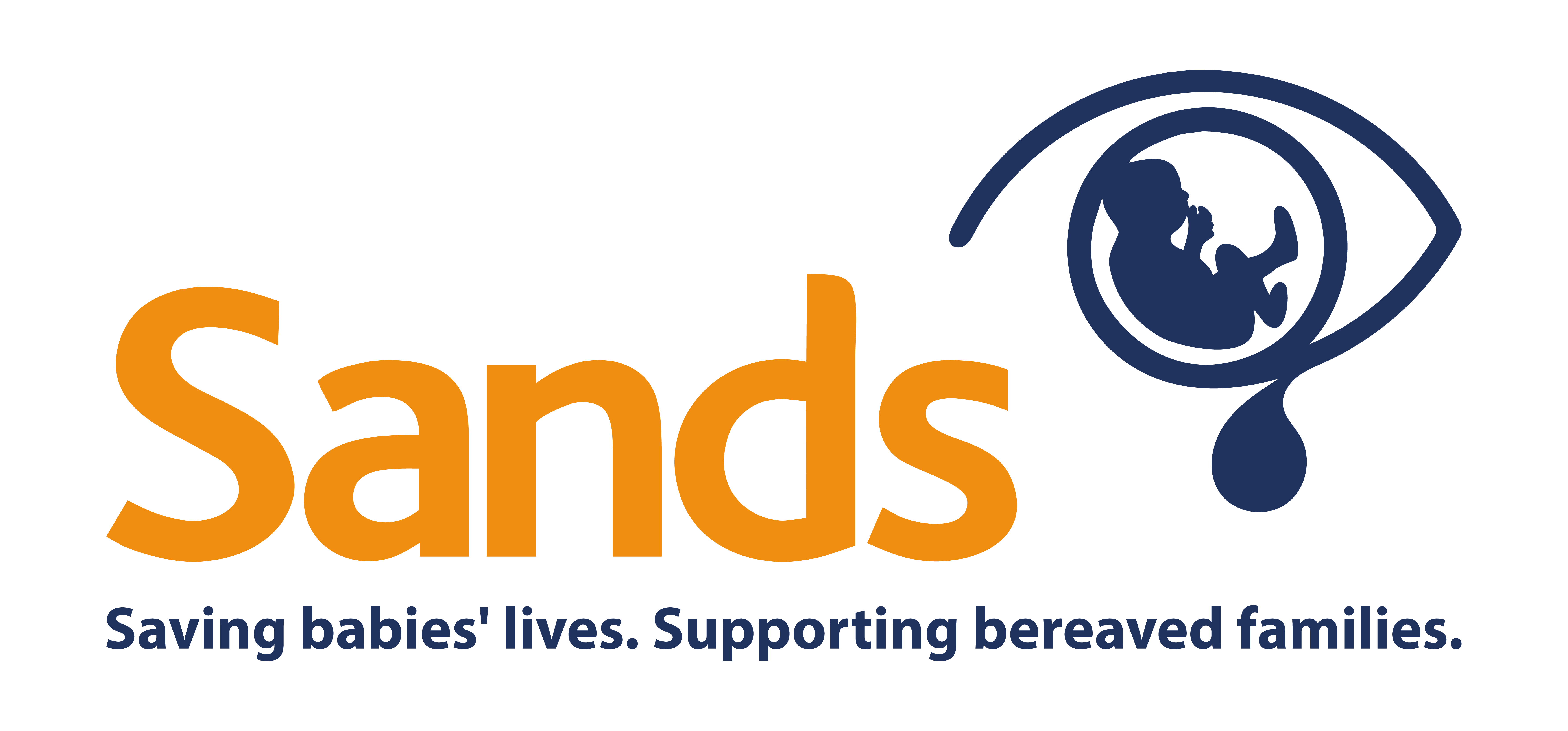Sands has helped to fund the largest study of fetal movement monitoring as a method to cut stillbirths. The research team found that stillbirths did fall when they introduced a package of care that raised awareness of fetal movement changes and what to do about them.
The 11% fall they saw in stillbirths was less than they had predicted, meaning it’s possible it was due to chance. Nevertheless may still be important. For example, in 2016 there were 3,112 stillbirths in England and Wales; an 11% reduction in this number would mean at least 340 fewer stillbirths.
Women should continue to seek advice from their midwife or local maternity unit immediately if their baby’s movement changes. Find out more below.
Background, findings and next steps
Background
In pregnancy a baby’s movements can be a sign of their health. Up to half of women whose pregnancy ends in stillbirth report that their baby’s movements in the womb had changed or declined in the previous week. Could better monitoring of fetal movements help identify pregnancies that need extra care?
Previous research had suggested that encouraging women to pay attention to their babies’ movements, combined with additional checks and early delivery of babies at risk, might help cut rates of stillbirth by 30 per cent.
The study
The study, called AFFIRM (Does Promoting Awareness of Fetal movements and Focussing Interventions Reduce Fetal Mortality?) – analysed data from more than 400,000 pregnancies in 33 hospitals around the Scotland, England, Northern Ireland and the Republic of Ireland.
The study aimed to find out if stillbirths are reduced by promoting awareness of fetal movements among pregnant women, and introducing a package of care when women report a change in movements.
Researchers collected information on the number of stillbirths before and after maternity units started using the new package of care. They also collected information about associated care such as induction of labour, caesarean sections and ultrasound scans, to see how those services were impacted.
Findings
The results showed a small drop in the stillbirth rate, from 44 in 10,000 births after standard care to around 41 in 10,000 births with the new package of care.
More women in the group who received the package of care has caesarean sections and induction of labour.
Previous research had suggested that encouraging women to pay attention to their babies’ movements, combined with additional checks and early delivery of babies at risk, might help cut rates of stillbirth by 30 per cent.
The study did not find a significant fall in stillbirths as result of implementing the care package. The 11% fall in stillbirths may still be important and the study doesn’t rule out the possibility that strategies to improve awareness of reduced fetal movements are effective in reducing stillbirth.
We welcome the study that was published in The Lancet , and was initiated and funded by the Scottish Government’s Chief Scientist Office. The research was also part-funded by our donor-charity Teddy’s Wish and by Tommy’s.
Further analysis of the research can be found on the NIHR Dissemination Centre.
There is good evidence from other studies that reduced fetal movement is associated with stillbirth. Work is now underway to combine the data from this study with similar studies in other countries, to see if larger numbers will make the findings more certain.
A related Sands-funded study has also been published which examines the cost effectiveness of the AFFIRM package of care.
Advice for pregnant women
If you notice a change in your baby’s movements in the womb, you should contact your midwife or local maternity unit straight away. Don’t wait until the next day
Our Safer Pregnancy website provides further advice
